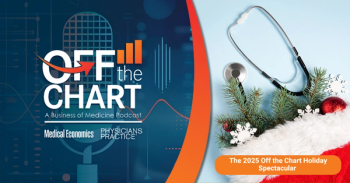
Other countries spend less money to get better health, compared to United States
Steps toward improvement include more access to primary care.
The United States is a global leading nation for some cancer screenings and flu vaccines – and for health care investments that appear to have lower rates of return than in other countries.
The Commonwealth Fund updated its study,
Data comes from the Organisation for Economic Cooperation and Development (OECD) and other sources, and the researchers acknowledged the latest figures “may reflect the height of the COVID-19 pandemic, when mental health conditions were surging, essential health services were disrupted, and patients may not have received the same level of care.”
Among the highlights, according to the Commonwealth Fund:
- The United States spends more on health care than other high-income countries, per person and as a percentage of gross domestic product, but does not have universal health coverage.
- U.S. life expectancy at birth is the lowest among the high-income nations.
- Death rates for avoidable or treatable conditions, the maternal death rate, infant mortality, and rates of people with multiple chronic conditions are the highest.
- The United States is among the lowest for rates of practicing physicians and hospital beds per 1,000 population.
- Screening rates for breast and colorectal cancer, and influenza vaccination rates, are among the highest in the world.
In their discussion, authors Munira Z. Gunja, Evan D. Gumas, and Reginald D. Williams II outline three steps to improvement:
- Ensure everyone has access to affordable care. With high costs, the American health system “can seem designed to discourage people from using services.”
- Contain costs. “Other countries have achieved better health outcomes while spending much less on health care overall,” and could be examples to follow.
- Better prevention and management of chronic conditions. Americans have limited access to primary care due to “decades of underinvestment” and a short supply of physicians and health care providers.
Newsletter
Stay informed and empowered with Medical Economics enewsletter, delivering expert insights, financial strategies, practice management tips and technology trends — tailored for today’s physicians.








